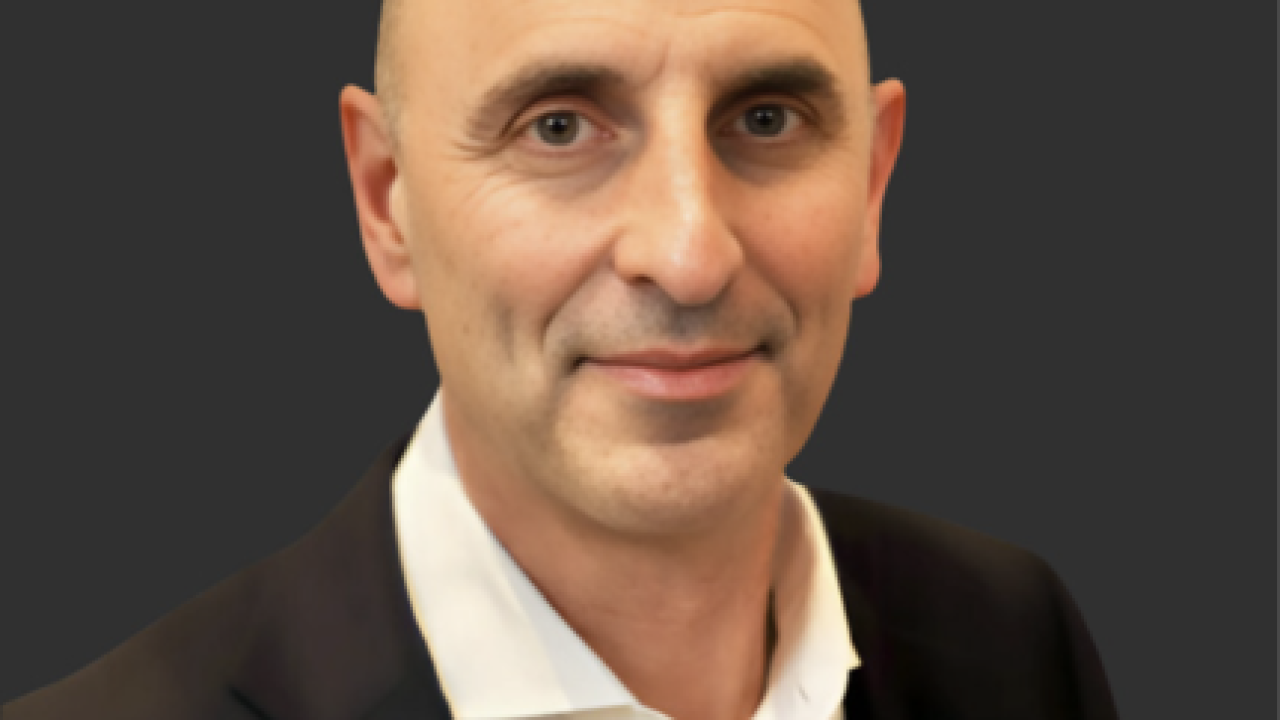
Self-storage properties have always had bit parts in commercial mortgage bonds, but a deal being marketed by Credit Suisse and Bank of America Merrill Lynch gives them their own show.
CGBAM Commercial Mortgage Trust 2015-SMRT securitizes the senior portion of a $412 million loan made to StorageMart. In total, $287.6 million of the five-year loan will be securitized. The loan is secured by 66 self-storage properties held in two portfolios, TKG StorageMart and New TKG StorageMart portfolios.
It’s the first CMBS that offers a pure play on this sector. Currently, self-storage loans account for no more than 3.5% of the collateral pool of any deal, according to data from Trepp.
Morningstar and Standard & Poor’s have both assigned a preliminary triple-A rating to the class A notes; an AA- rating to the class B notes; an A- rating to the class C notes; a BBB- rating to the class D notes and a Bb- rating to the class E notes.
S&P alone assigned a B-’ rating to the class F notes.
StorageMart, established in 1999 by the Burnam family, is based out of Columbia, Mo. The Burnam family had previously owned, operated, and developed self-storage facilities dating back to 1974 as part of Storage Trust Realty, which was ultimately sold to Public Storage for $600 million in 1999.
The trust loan is part of a $412.5 million whole mortgage loan that includes the trust loan and four related companion loans that have an aggregate principal balance of approximately $124.93 million. The companion loans will not be assets of the trust. The properties are also encumbered by a $102.5 million mezzanine loan that is not an asset of the trust.
The StorageMart units securing the loan are located in Florida, Missouri, Illinois, and Kansas; those areas represent 16.4%, 15.3%, 14.5%, and 10.3%, respectively, of the whole commercial mortgage loan balance.
StorageMart’s portfolio has experienced strong year-over-year net operating income growth, increasing 21.0%, 12.5%, and 6.6% during 2012, 2013, and 2014, respectively. In its presale report, S&P noted that occupancy and rents have both risen as the result of increased demand for self-storage, as well as StorageMart’s unusual rate setting policy. “StorageMart sets prices daily based on market supply and demand to maximize revenues,” the report states.
While there has never been a pure-play self-storage CMBS, there have been at least two deals backed entirely by cold stage facilities. Both were rated by S&P. The most recent, CSMC Trust 2014-ICE, was led by Credit Suisse and Goldman Sachs; it securitized a $655 million, two-year, floating-rate loan made to Lineage Logistics and backed by 42 warehouses. S&P also rated a $600 million cold storage CMBS for Americold that was completed in December 2010.
Despite the similarities, cold storage is not a pure proxy for self-storage. For one thing, there are high barriers to entry in the cold storage business, since these facilities are more expensive to build and operate than self-storage facilities, according to S&P. It can cost between $100 and $120 per square foot (excluding land) to construct a cold storage facility. That compares with approximately $40 per square foot for a conventional storage warehouse. This high cost limits new supply.
In addition, the cold storage business requires a specialized mix of engineering, technology, logistics, customer relationships, and management, which are difficult to replicate, according to S&P.
Another barrier of entry for cold storage is that it requires strategic locations to serve large customers that have regional or global distribution channels.
Self-storage facilities, on the other hand, “can be built and operated relatively cheaply, especially in secondary and tertiary locations where the barriers to new development are low,” according to Morningstar. “Also, storage facilities can be operated, at least for a short time (and perhaps not successfully), with substantially less experience than is required to manage or operate other types of commercial properties,” the presale report states.
Furthermore, the ample supply of self-storage facilities in the market could pressure industry operating margins in the future, according to S&P. Between 1996 and 2011, the number of self-storage facilities has more than doubled, and according to the 2014 Self-Storage Almanac, there are currently 52,151 storage facilities across the U.S.
Self-storage facilities are similar to hotels because they operate without the benefit of long-term leases, exposing deals to a potentially high level of cash flow volatility. Smaller storage properties, those with fewer than 100 units, are particularly vulnerable to this risk, according to the Morningstar presale report.





